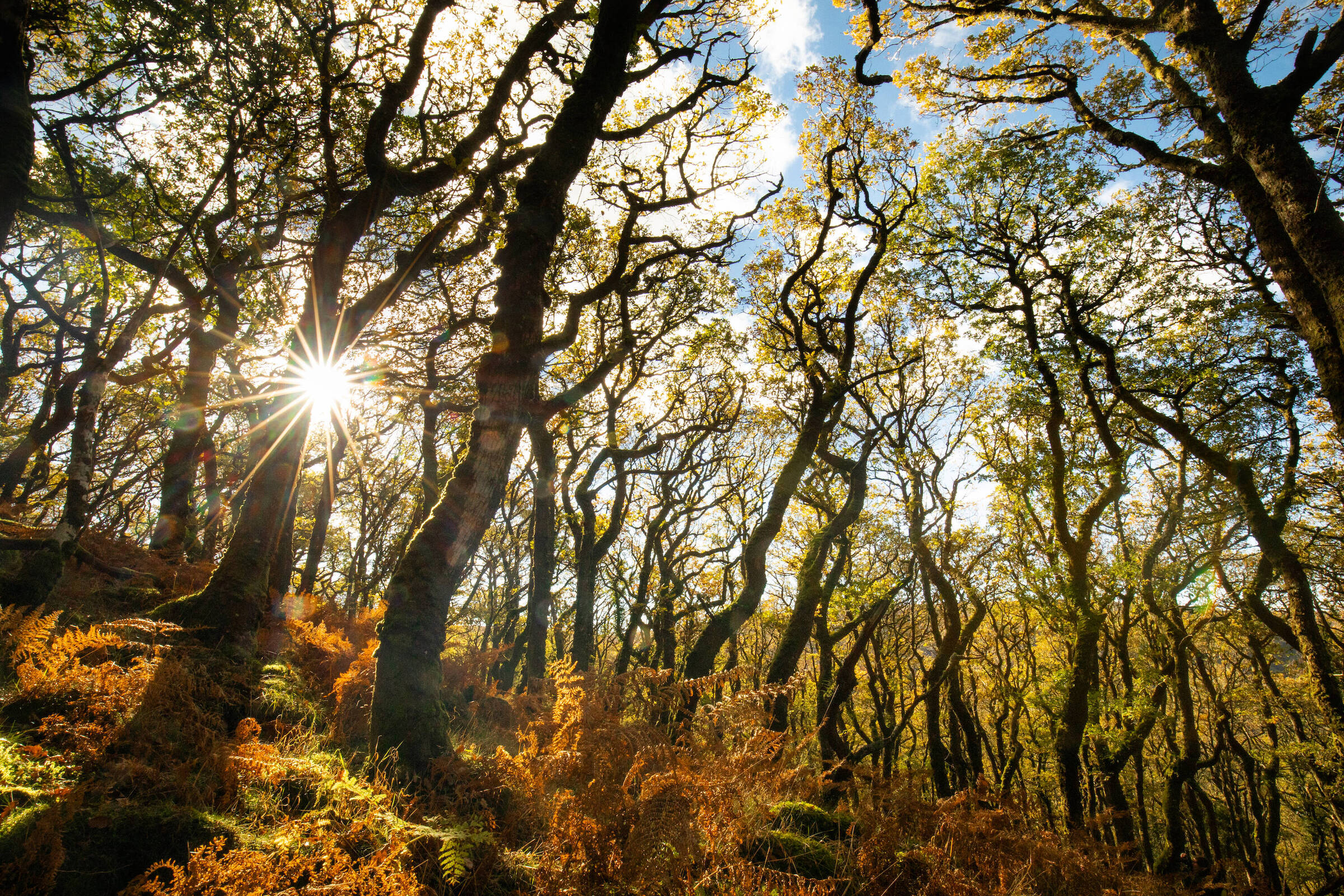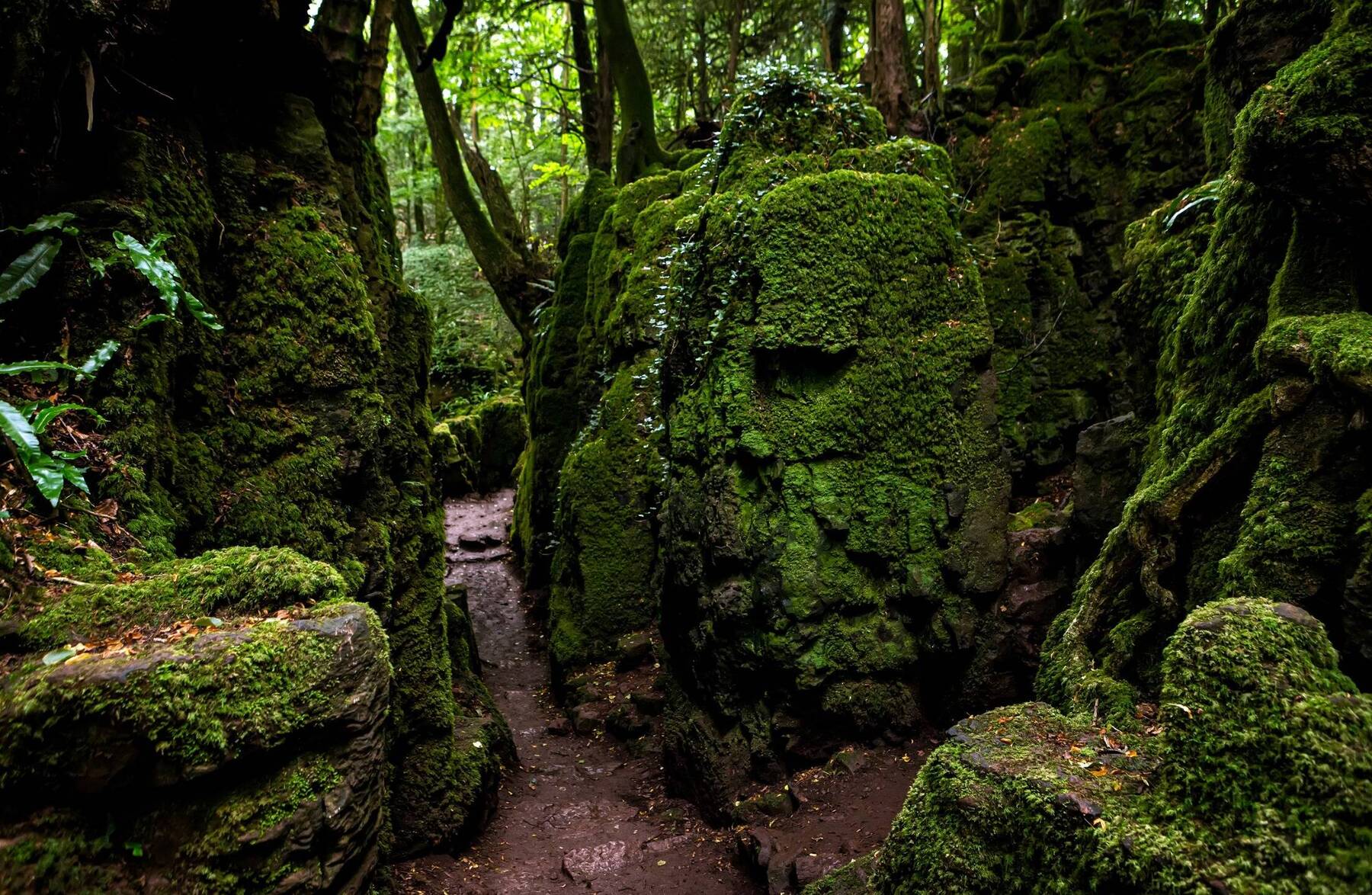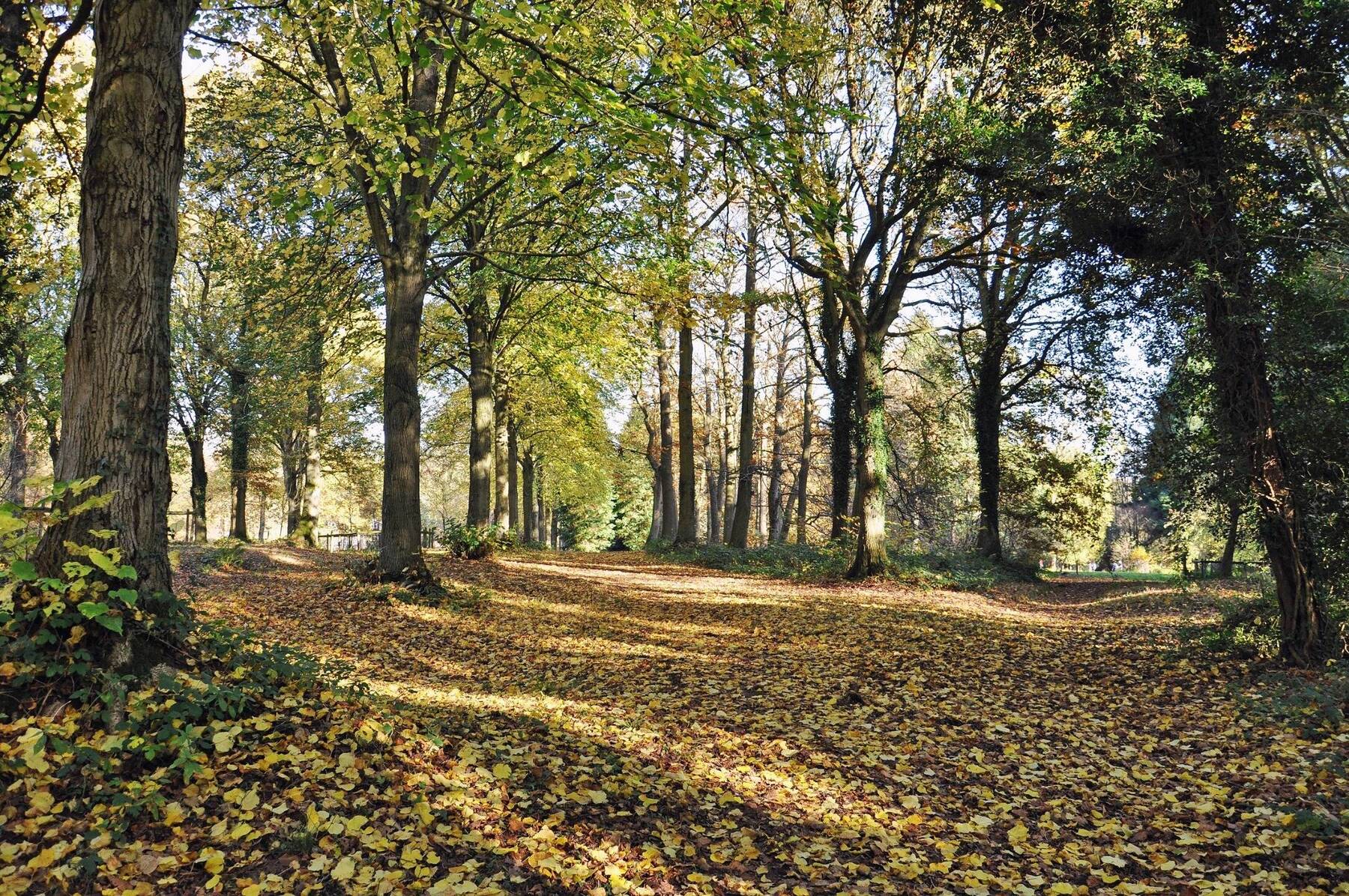Puzzlewood of the Forest of Dean
Located in the western region of the county of Gloucestershire, The Forest of Dean is a broad and varied landscape which nestles against the Wye River Valley. In the 11th century, the medieval St Briavels Castle was built as an administrative centre and still remains beautifully intact to this day. But the most magical wonder of The Forest of Dean is Puzzlewood, an area of ancient woodland which doubles as a tourist attraction and a filming location.
Puzzlewood has been in use since at least the Roman period, with many Roman coins having been excavated from the area. Today, tourists can visit Puzzlewood and follow its trains in order to take in, and marvel at, the gnarled, wizened, but very much alive and thriving trees that fill the woodland. There is nothing on Earth that looks like the trees of Puzzlewood, which is exactly why it has been used so many times by Hollywood.
The final showdown of Star Wars Episode VII: The Force Awakens takes place in a snow-covered forest of wild and twisting trees. A stroll through Puzzlewood reveals the exact places where actors John Boyega, Daisy Ridley, and Adam Driver jumped, ran, and fought. The area also inspired J.K. Rowling to create The Forbidden Forest, and was even later used as a filming location for Harry Potter and the Deathly Hallows - Part 1.





















Comments